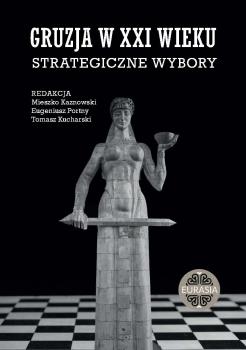Udział Federacji Rosyjskiej w konfliktach zamrożonych na obszarze poradzieckim na przykładzie Abchazji, Osetii Południowej oraz Naddniestrza .......... 117
Synopsis
RUSSIAN FEDERATION PARTICIPATION IN POST-SOVIET FROZEN CONFLICTS ON THE EXAMPLE OF ABKHAZIA, SOUTH OSSETIA, AND TRANSNISTRIA
The Russian Federation, as the heir of the USSR, faced a decline in its position on the international stage, which has created the need to redefine its own identity. The natural direction of interest became the post-Soviet area. The article presents Russian Federation participation in the conflicts in Abkhazia, South Ossetia (Georgia), and Transnistria (Moldova) from the 1990s to the present. The research problem is to determine the role frozen conflicts play in the foreign policy of the Russian Federation. All disputes were compared, and a series of actions taken by Moscow in all three cases, which led to the freezing of the conflicts, were indicated. The conclusions were shown regarding the change that has taken place in the foreign policy of the Russian Federation towards the quasi- states over the years. It is also described how the functioning of regions in Georgia and Moldova has evolved.





